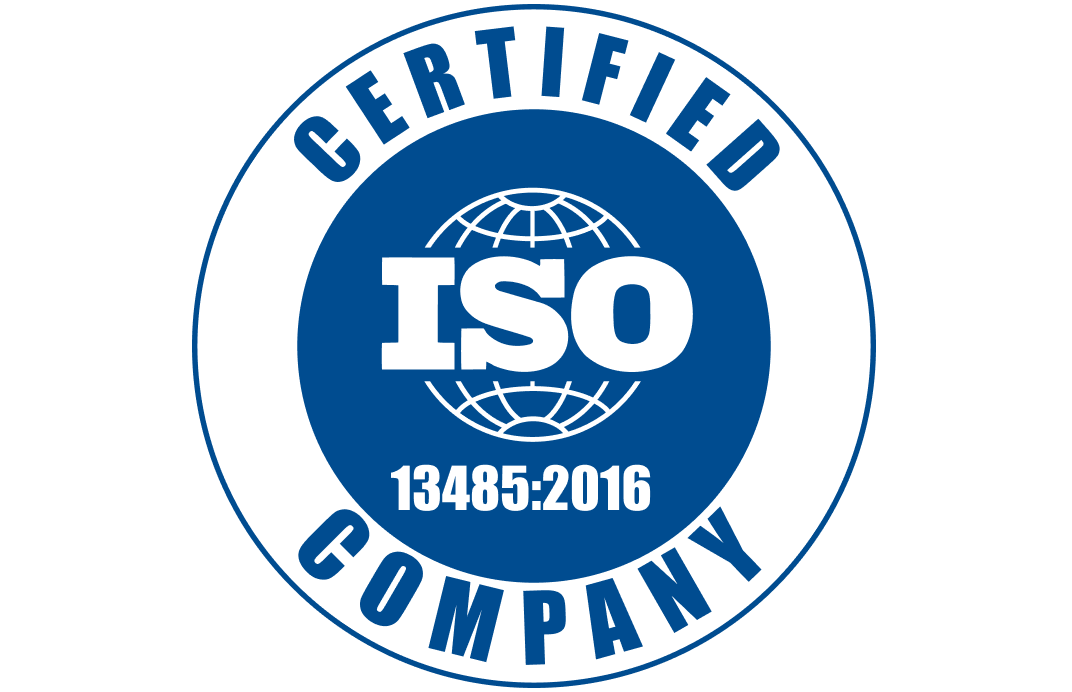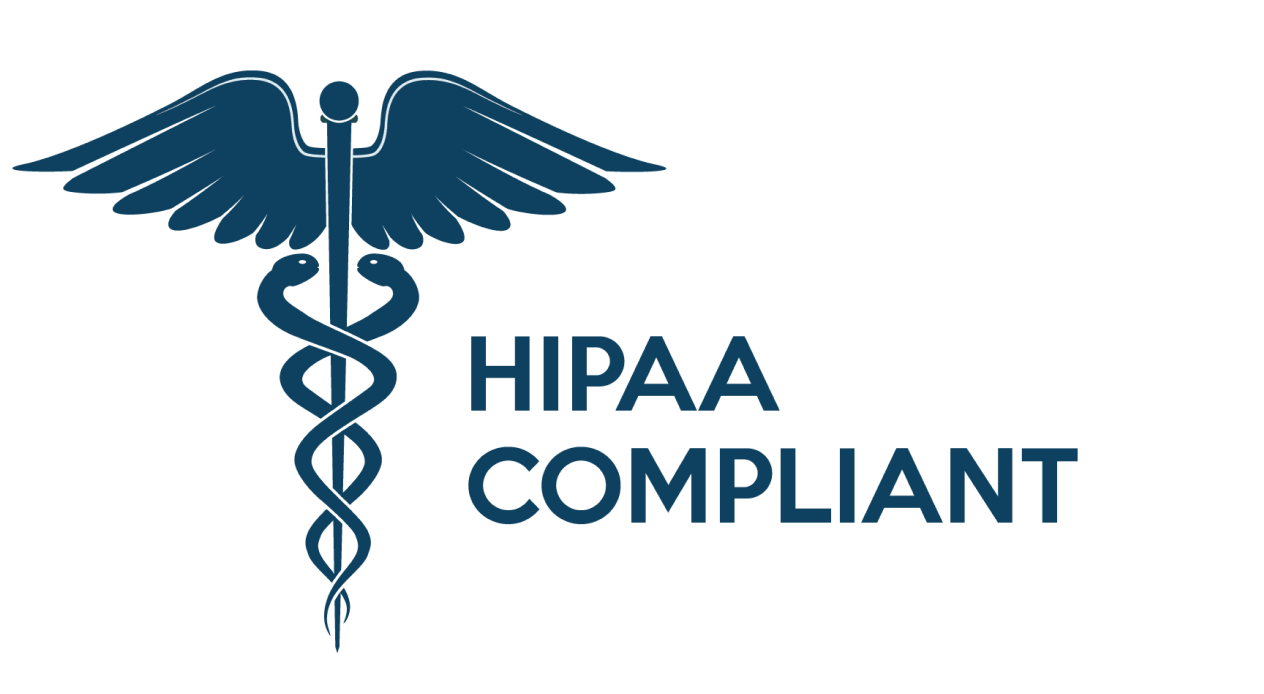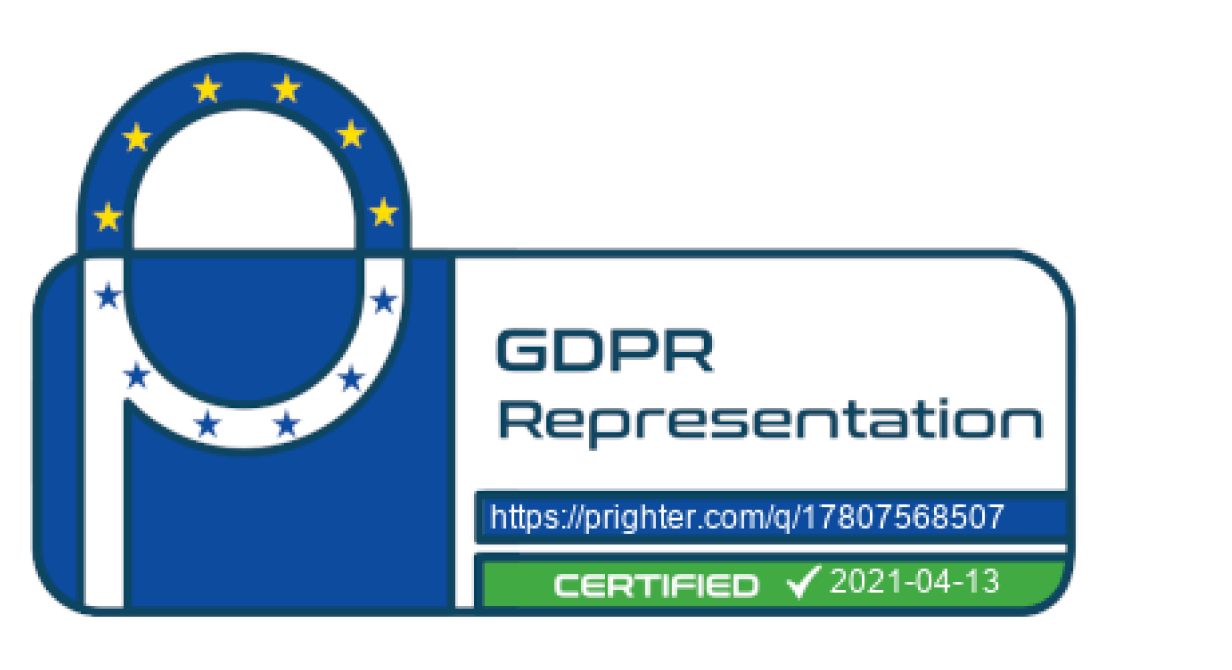Drive Behavior Change with Binah.ai’s Proactive Health Monitoring Solutions
Despite really wanting to get healthier, many individuals struggle to actually make the lifestyle changes needed to improve their health. Often, the challenge isn’t just about knowing what to do; it’s about building habits, receiving timely support, and having access to the right tools at the right time. Proactive health monitoring solutions bridge this gap by delivering real-time insights that empower individuals to take meaningful action.
Research highlights key behavior change strategies that make a real impact, including: setting SMART (specific, measurable, achievable, relevant, and time-bound) goals, forming habits, leveraging digital health interventions (DHIs), providing personalized support, and using prompts, monitoring and feedback to reinforce healthy behaviors. By leveraging Binah.ai’s proactive health monitoring solutions, insurers and healthcare providers can turn these strategies into action—helping members and patients make, track, and sustain healthier choices effortlessly.
Using just a smartphone for spot checks or a PPG wearable sensor for continuous monitoring, insurers and wellness providers can help members monitor a wide range of health data—vital signs, chronic disease risks, stress levels, and even bloodless blood tests, without the need for invasive tests or in-person visits. These insights empower individuals to understand their health and take meaningful steps toward improvement.
So How Can Payers and Providers Drive Meaningful Change with Binah.ai’s Proactive Health Monitoring Solutions?
Below, we break down key health indicators measured by Binah.ai, the insights they provide, and actionable strategies to help members prevent and manage chronic diseases while improving their overall health.
1. Preventing Hypertension-Related Complications
Indicators: Hypertension Risk, Blood Pressure
Insight: High or fluctuating blood pressure readings indicate hypertension risk.
Actionable Strategies:
- Habit Formation: Send automated reminders and offer rewards for consistent blood pressure checks.
- Personalized Feedback: Recommend targeted lifestyle plans with SMART goals based on members’ health trends.
- Incentives & Reinforcement: Offer virtual coaching or rewards for sustained blood pressure improvements.
2. Identifying Cardiovascular Health Risks
Indicators: Blood pressure, ASCVD Risk*, Heart Age, Heart Rate, Total Cholesterol Risk*, HRV, PRQ, oxygen saturation
Insight: High ASCVD Risk and abnormal heart metrics may indicate increased cardiovascular disease risk.
Actionable Strategies:
- Monitoring & Feedback: Encourage routine tracking by sending informative notifications on the importance of checks and offering continuous monitoring through wearables for high-risk individuals.
- Early and Timely Intervention: Provide telehealth access and virtual coaching for proactive screenings, consultations and dietary support. Provide immediate access to medical staff through telemedicine, saving time and eliminating transportation hurdles.
- Social & Financial Incentives: Reward participation in heart-healthy programs like exercise challenges and diet coaching. Partner with local gyms and health food stores to offer members discounts. Offer complimentary wearables as rewards for members who achieve and maintain measurement goals over a given period of time.
3. Supporting Mental and Physical Wellbeing
Indicators: Stress Levels, Recovery, HRV, Breathing Rate, Heart Rate
Insight: Chronic stress and low recovery can contribute to mental and cardiovascular issues.
Actionable Strategies:
- Cues & Prompts: Offer mindfulness and personalized relaxation techniques based on stress and recovery levels
- Encourage Stress-Reducing Activities: Educate about and promote activities, such as gardening, walking, and pet care.
- Incentives for Engagement and Habit Formation: Provide discounts at gyms and offer rewards for consistent participation with mindfulness apps, exercise regimens, and mental health programs.
- Preemptive Support: Use stress trend analysis and mental health check-ins to intervene before burnout occurs.
4. Monitoring Respiratory Health
Indicators: SpO2, Respiratory Rate, PRQ
Insight: Low oxygen saturation and abnormal breathing rates may indicate respiratory conditions.
Actionable Strategies:
- Habit Formation: Encourage habitual respiratory monitoring with automated check-ins.
- Timely Support: Provide telehealth consultations for concerning respiratory trends.
- Guided Action Plans: Offer breathing exercises and remote therapy sessions.
5. Managing Diabetes and Preventing Complications
Indicators: HbA1c*, Diabetes Risk*, Fasting Glucose Risk*
Insight: Elevated HbA1c, high diabetes risk, and high glucose after fasting risk levels may indicate poor blood sugar control.
Actionable Strategies:
- Cues & Reminders: Implement habit-forming alerts for routine HbA1c and glucose checks.
- Tailored Coaching: Help members set SMART goals based on health data and monitor progress with periodic health scans. Provide dietitian access, tailored exercise regimens, and personalized nutrition plans.
- Positive Reinforcement: Reward members who take routine scans and improve their blood sugar levels over time.
6. Detecting Anemia and Nutritional Deficiencies
Indicators: Hemoglobin*, Anemia Risk*
Insight: Low hemoglobin levels may indicate anemia, impacting energy and overall health.
Actionable Strategies:
- Proactive Alerts and Timely Support: Encourage and provide coverage for additional screening. Enable easy scheduling of lab tests via clinic visits apps.
- Personalized Support: Provide iron supplement programs and dietitian consultations.
- Progress Tracking: Automate check-ins to monitor improvement.
7. Tuberculosis Early Detection and Intervention
Indicators: Tuberculosis Risk*, SpO2 Levels, Respiratory Rate
Insight: Persistent cough and abnormal respiratory patterns can signal potential TB risk.
Actionable Strategies:
- Early Detection & Intervention: Provide telehealth consultations and digital follow-ups
- Community-Based Engagement: Offer TB awareness programs with incentives for participation.
- Digital Self-Monitoring: Enable symptom tracking for proactive health management.
8. Encouraging Preventative Health Action with Periodic Health Reports
Last but not least, it’s always motivating for members to see their efforts pay off! For those who consent to share health data, deliver periodic (e.g., monthly) reports showing progress, areas for improvement, and habits to maintain. Continue with ongoing support and milestone-based rewards to further encourage healthy behaviors.
*Indicators marked with an asterisk are under research
Closing the Gap Between Data and Action
Binah.ai’s proactive health monitoring solutions allow insurers, healthcare providers, and wellness organizations to get real-time insights into member wellbeing levels (with their consent) and help them make effective lifestyle changes, bridging the gap between raw data and meaningful action. These proactive health monitoring strategies not only drive better health outcomes and improve quality of life but also reduce healthcare and operational costs, allow for better risk engagement, and boost engagement.
Want to learn more? Watch our latest webinar with Co-Founder and CEO David Maman to discover how Binah.ai is helping insurers and wellness providers turn health insights into action.
Ready for a demo? Talk to us now to see how easy it is to integrate Binah.ai’s proactive health monitoring solutions into your app or platform.

 close
close




